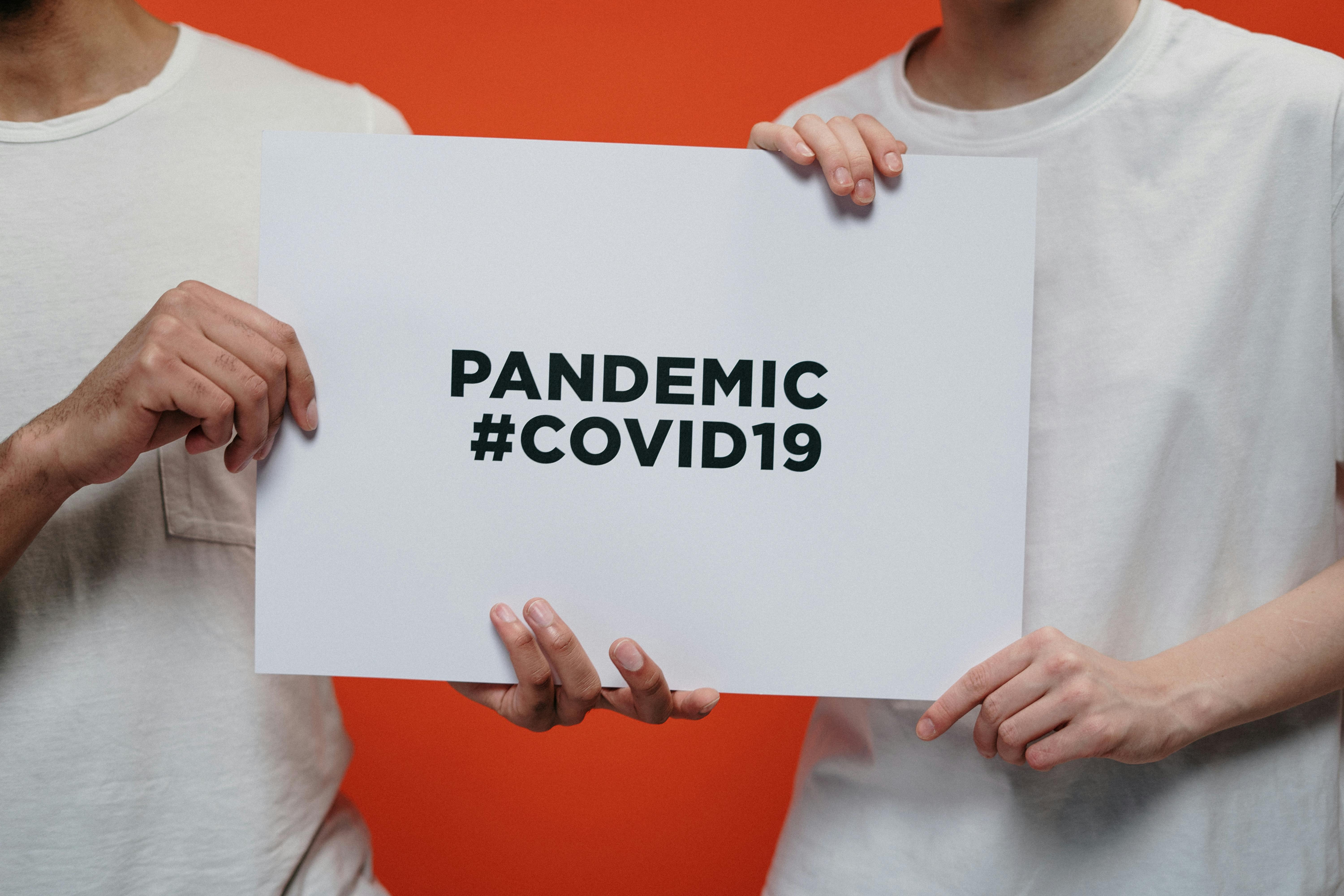In the heart of an ancient city lies a hidden laboratory where scientists work tirelessly on a deadly new strain of pneumonic plague. The world watches anxiously as the virus spreads unchecked, testing the limits of global containment efforts. When did this outbreak first emerge, and how does its rapid spread threaten international security?
The specter of pneumonic plague continues to loom large on the geopolitical horizon, underscoring its potential to reshape global health landscapes and disrupt international relations. This disease, once thought to be confined to historical records, has been brought back into the spotlight through alarming outbreaks in recent years, particularly in regions where basic sanitation and medical infrastructure are lacking. The resurgence of pneumonic plague highlights the urgent need for robust public health measures and increased investment in healthcare systems worldwide.
This renewed threat is reminiscent of past pandemics like the Black Death, which ravaged Europe and Asia centuries ago. It underscores the interconnectedness of our world and the vulnerability of populations when basic hygiene standards are compromised. The global community must act swiftly to prevent another major outbreak, emphasizing the importance of coordinated international efforts and enhanced surveillance capabilities.
Comparative studies show that while modern medicine has significantly reduced mortality rates from other infectious diseases, pneumonic plague remains a formidable challenge due to its rapid transmission and high fatality rate. Historical precedents suggest that successful containment strategies often involve immediate quarantine measures, widespread vaccination campaigns, and aggressive contact tracing—all critical components of effective pandemic response.
In conclusion, the recurrence of pneumonic plague serves as a stark reminder of the enduring threat posed by infectious diseases. As we navigate an increasingly interconnected world, vigilance against such threats becomes paramount. By learning from history and adapting our policies and practices accordingly, we can better protect ourselves and future generations from the devastating impact of these deadly diseases.
The pneumonic plague is a severe form of bubonic plague caused by Yersinia pestis bacteria. It spreads through flea bites and is characterized by sudden onset symptoms like high fever, chills, headache, and weakness. The disease can be fatal if left untreated, often leading to complications such as sepsis and respiratory failure.
Policy implications of managing pneumonic plague include the need for robust surveillance systems to detect outbreaks early. Public health measures such as quarantine, isolation, and contact tracing are crucial to contain the spread. Additionally, investing in research and development of vaccines and treatments is essential to prevent future pandemics.
Power dynamics play a significant role in how governments respond to pneumonic plague. In some cases, there may be conflicting interests between local authorities and international organizations seeking to control the outbreak. International cooperation is vital to ensure effective response strategies and equitable distribution of resources.
Addressing pneumonic plague requires collaboration across various sectors including healthcare, emergency management, and diplomacy. Public education campaigns about hygiene practices and prevention methods also play a critical role in reducing the incidence of the disease. Effective communication among stakeholders is key to mobilizing resources and coordinating efforts towards containment and recovery.
In the face of the looming threat posed by pneumonic plague, the global community must urgently reassess its preparedness strategies. As we look towards the future, the international response to this deadly disease will be crucial in mitigating its spread and saving lives.
The recent resurgence of pneumonic plague in several countries underscores the need for robust public health measures. The World Health Organization (WHO) has already announced enhanced surveillance protocols and increased funding for research into new antiproliferative drugs. However, these initiatives must be complemented by coordinated efforts from governments around the world to ensure adequate resources are allocated for vaccine development and distribution.
As we move forward, it is essential to focus on strengthening local healthcare infrastructure in affected regions. This includes improving laboratory capabilities for rapid diagnosis and treatment, as well as enhancing communication networks between healthcare providers and communities at risk. Additionally, long-term containment strategies should include quarantine measures, contact tracing, and education campaigns to raise awareness about pneumonic plague prevention.
Looking ahead, we must also consider the potential impact of climate change on vector-borne diseases like pneumonic plague. Rising temperatures could facilitate the migration of certain pathogens, potentially leading to an increase in cases in previously unaffected areas. Therefore, investing in sustainable agricultural practices and biodiversity conservation will be vital in protecting vulnerable populations.
Moreover, the role of international cooperation cannot be overstated. Multilateral organizations must work together to share knowledge, resources, and best practices. This collaborative approach will help in developing effective countermeasures against pneumonic plague and other emerging infectious diseases.
In conclusion, while pneumonic plague remains a formidable challenge, the steps being taken now represent significant progress toward containing this lethal disease. By prioritizing preparedness, resource allocation, and international collaboration, we can hope to safeguard our global community against future outbreaks of this devastating pandemic. Let us continue to monitor developments closely and remain vigilant in our efforts to protect humanity from the scourge of pneumonic plague.










